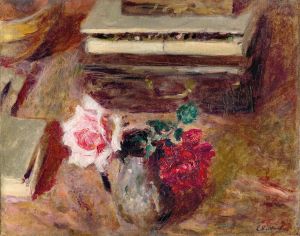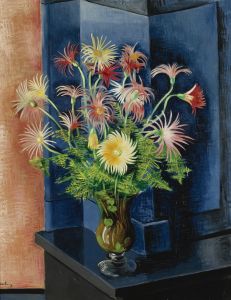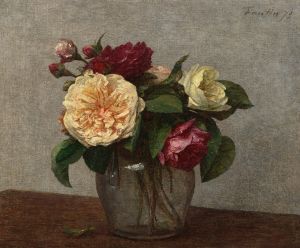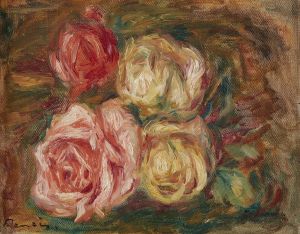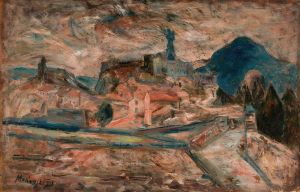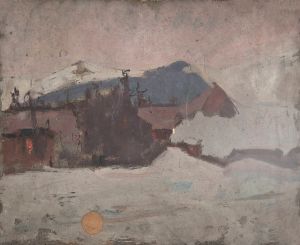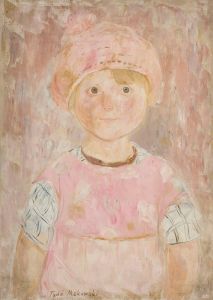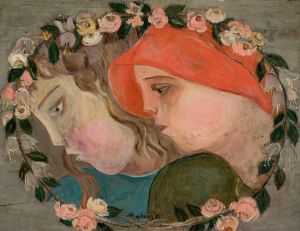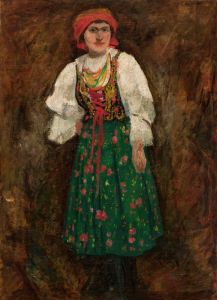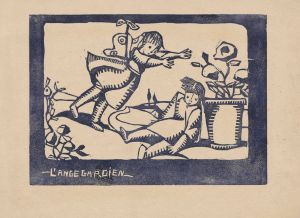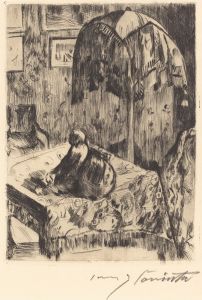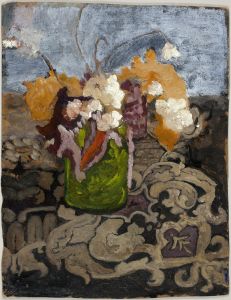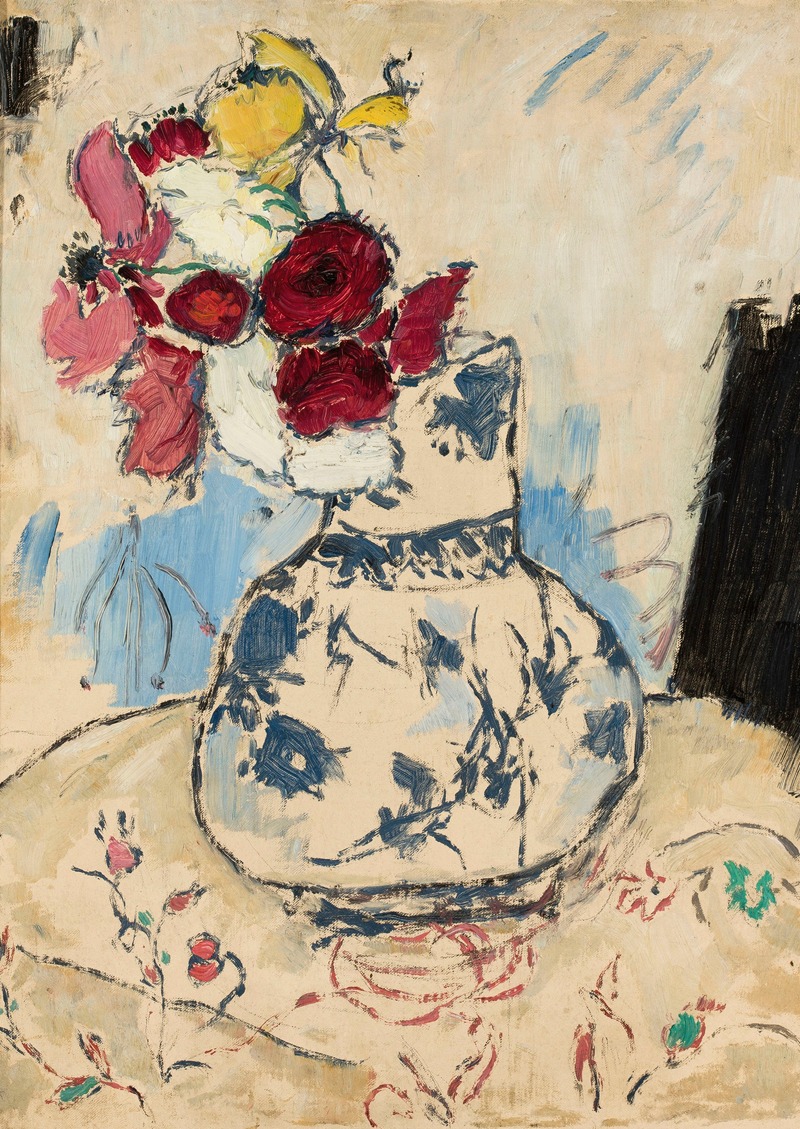
Flowers in a flower-vase
A hand-painted replica of Tadeusz Makowski’s masterpiece Flowers in a flower-vase, meticulously crafted by professional artists to capture the true essence of the original. Each piece is created with museum-quality canvas and rare mineral pigments, carefully painted by experienced artists with delicate brushstrokes and rich, layered colors to perfectly recreate the texture of the original artwork. Unlike machine-printed reproductions, this hand-painted version brings the painting to life, infused with the artist’s emotions and skill in every stroke. Whether for personal collection or home decoration, it instantly elevates the artistic atmosphere of any space.
Tadeusz Makowski was a Polish painter known for his unique style that combined elements of folk art, symbolism, and modernism. Born in 1882 in Oświęcim, Poland, Makowski initially studied classical philology before turning to art. He attended the Academy of Fine Arts in Kraków, where he was influenced by the Young Poland movement, which sought to integrate modernist ideas with Polish cultural traditions.
Makowski moved to Paris in 1908, where he became part of the vibrant artistic community that included figures like Pablo Picasso and Georges Braque. His early work was influenced by Cubism, but over time, he developed a distinctive style characterized by a more simplified, almost naive approach to form and color. Makowski's paintings often feature children, landscapes, and still lifes, rendered with a sense of innocence and whimsy.
"Flowers in a Flower-Vase" is one of Makowski's notable works, showcasing his ability to infuse everyday subjects with a sense of charm and subtle complexity. This painting exemplifies his approach to still life, a genre he frequently explored. In "Flowers in a Flower-Vase," Makowski employs a simplified form and a muted color palette, which are hallmarks of his style. The composition is straightforward, focusing on the arrangement of flowers in a vase, yet it captures a sense of tranquility and introspection.
Makowski's use of color in this painting is particularly noteworthy. He often chose earthy tones and soft pastels, which lend the work a gentle, almost dreamlike quality. The flowers are depicted with a certain flatness, reminiscent of folk art, yet they are arranged in a way that suggests depth and volume. This balance between simplicity and subtle sophistication is a key feature of Makowski's work.
The painting reflects Makowski's interest in the everyday and the ordinary, elevating a simple bouquet of flowers to a subject worthy of contemplation. His approach to still life was not about capturing realistic details but rather about evoking an emotional response through form and color. This aligns with the broader trends in modern art during the early 20th century, where artists sought to move beyond realism and explore new ways of seeing and interpreting the world.
Makowski's work, including "Flowers in a Flower-Vase," has been celebrated for its unique blend of influences and its ability to convey a sense of wonder and simplicity. Despite spending much of his career in France, Makowski remained connected to his Polish roots, and his work often reflects a synthesis of Polish folk traditions and modernist experimentation.
Tadeusz Makowski passed away in 1932, but his legacy continues to be appreciated by art enthusiasts and scholars. His paintings are held in various collections, and he is regarded as one of the significant figures in Polish modern art. "Flowers in a Flower-Vase" remains a testament to his artistic vision and his ability to find beauty in the mundane.





